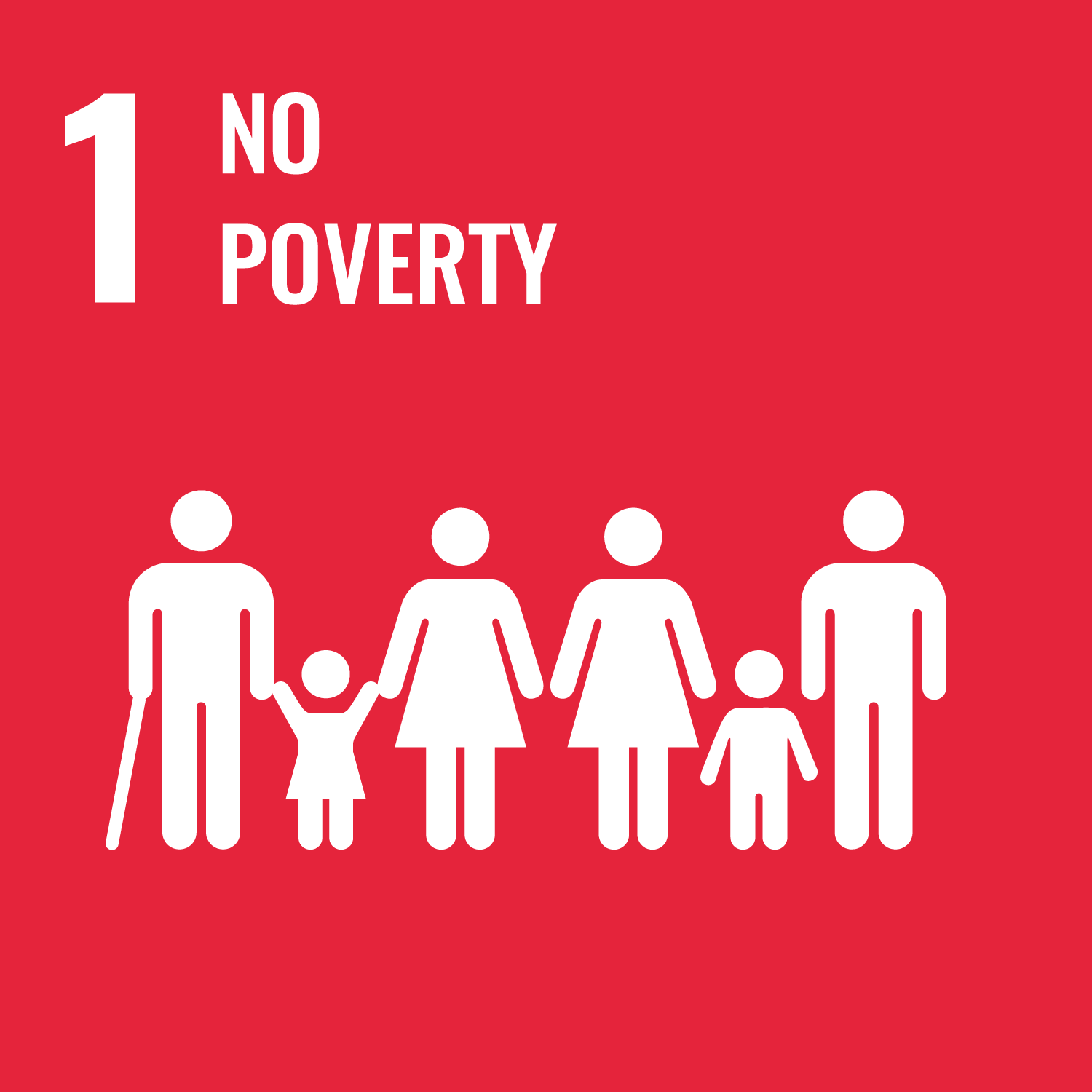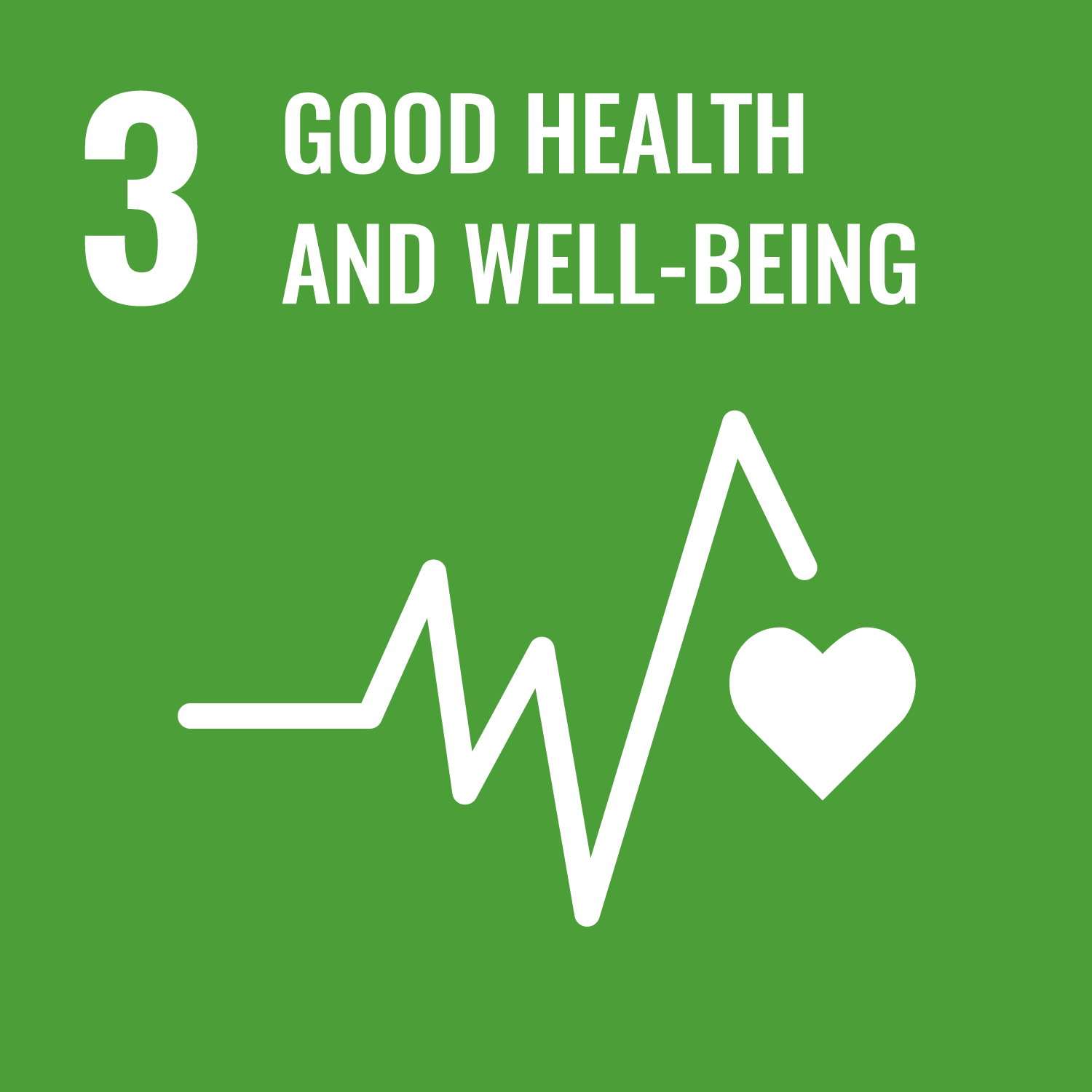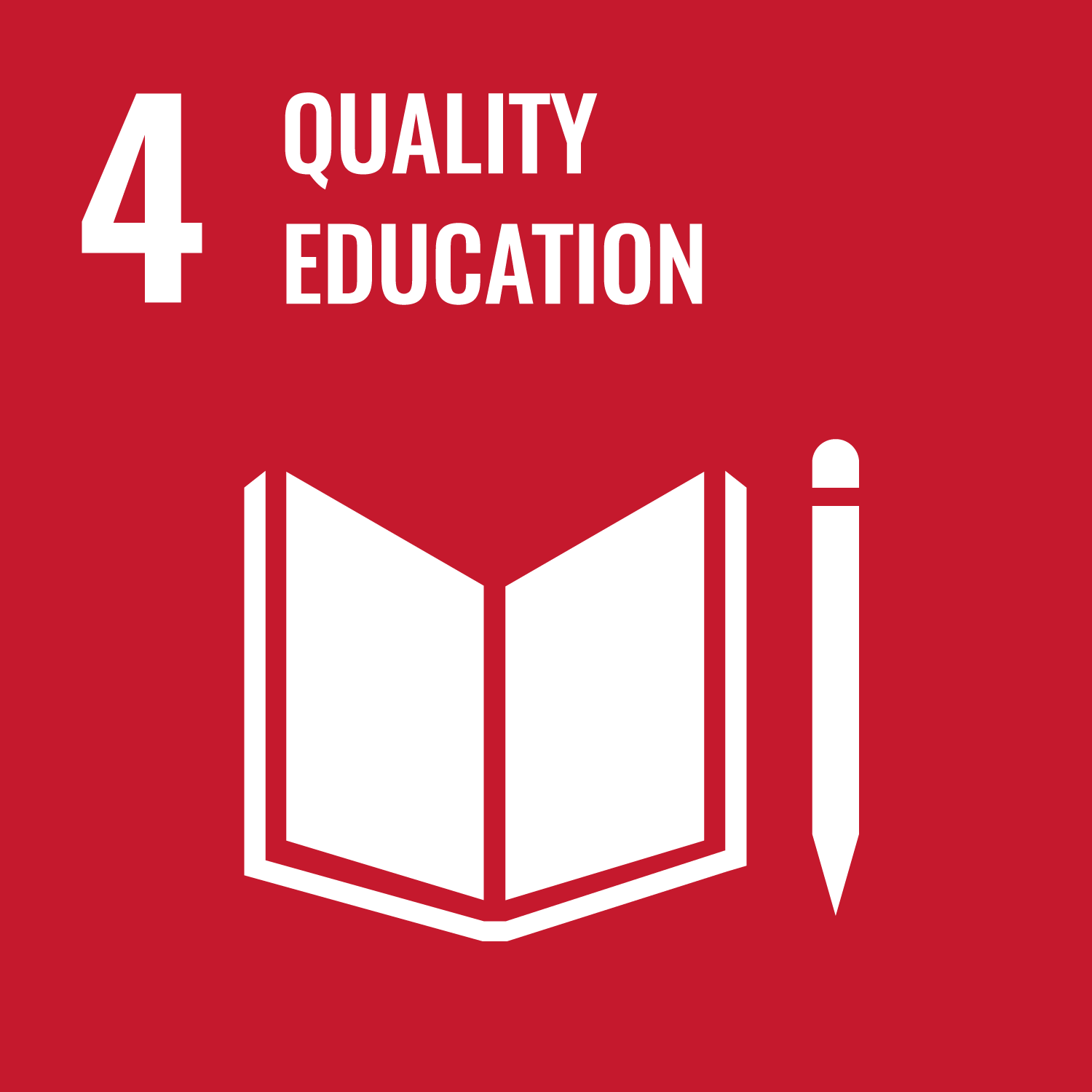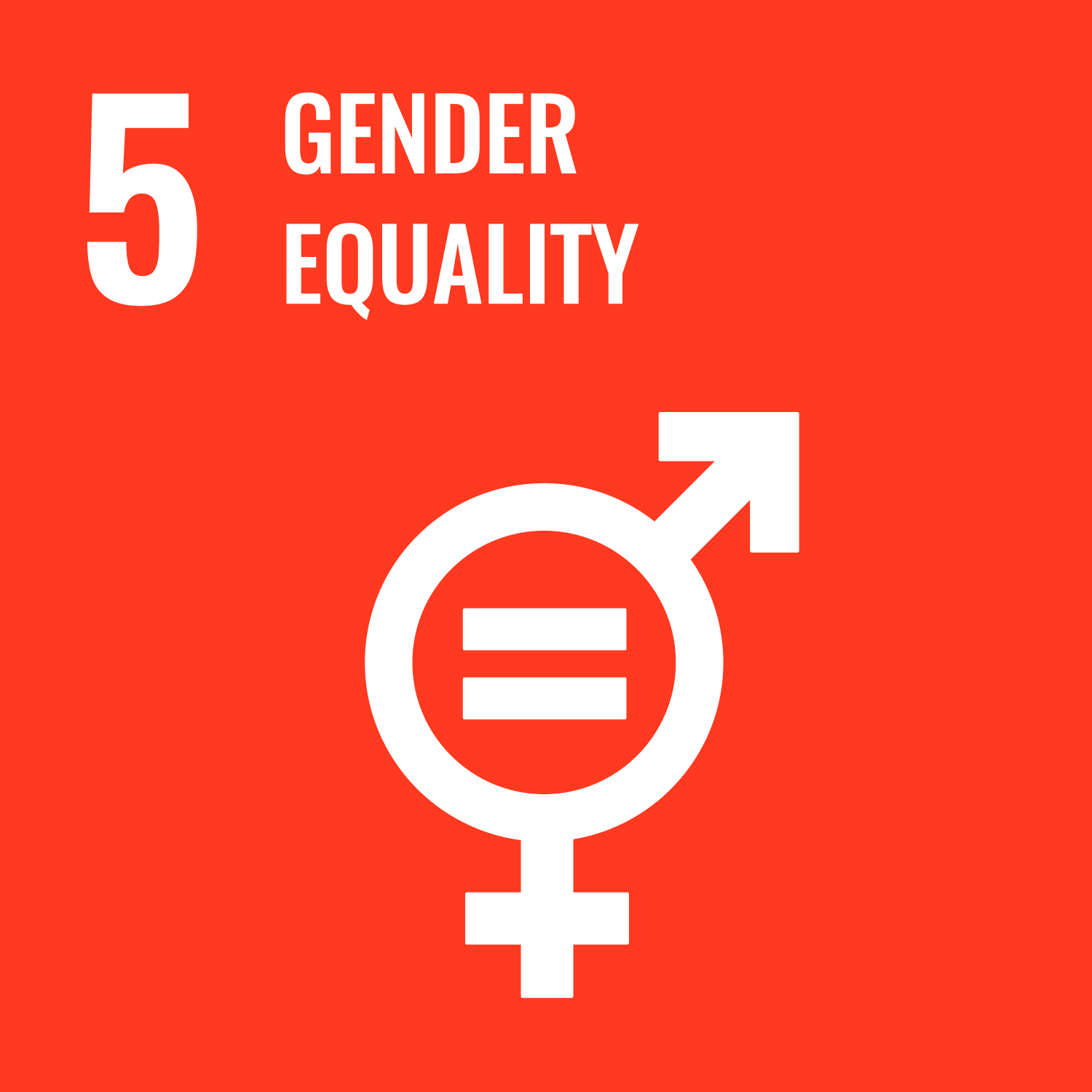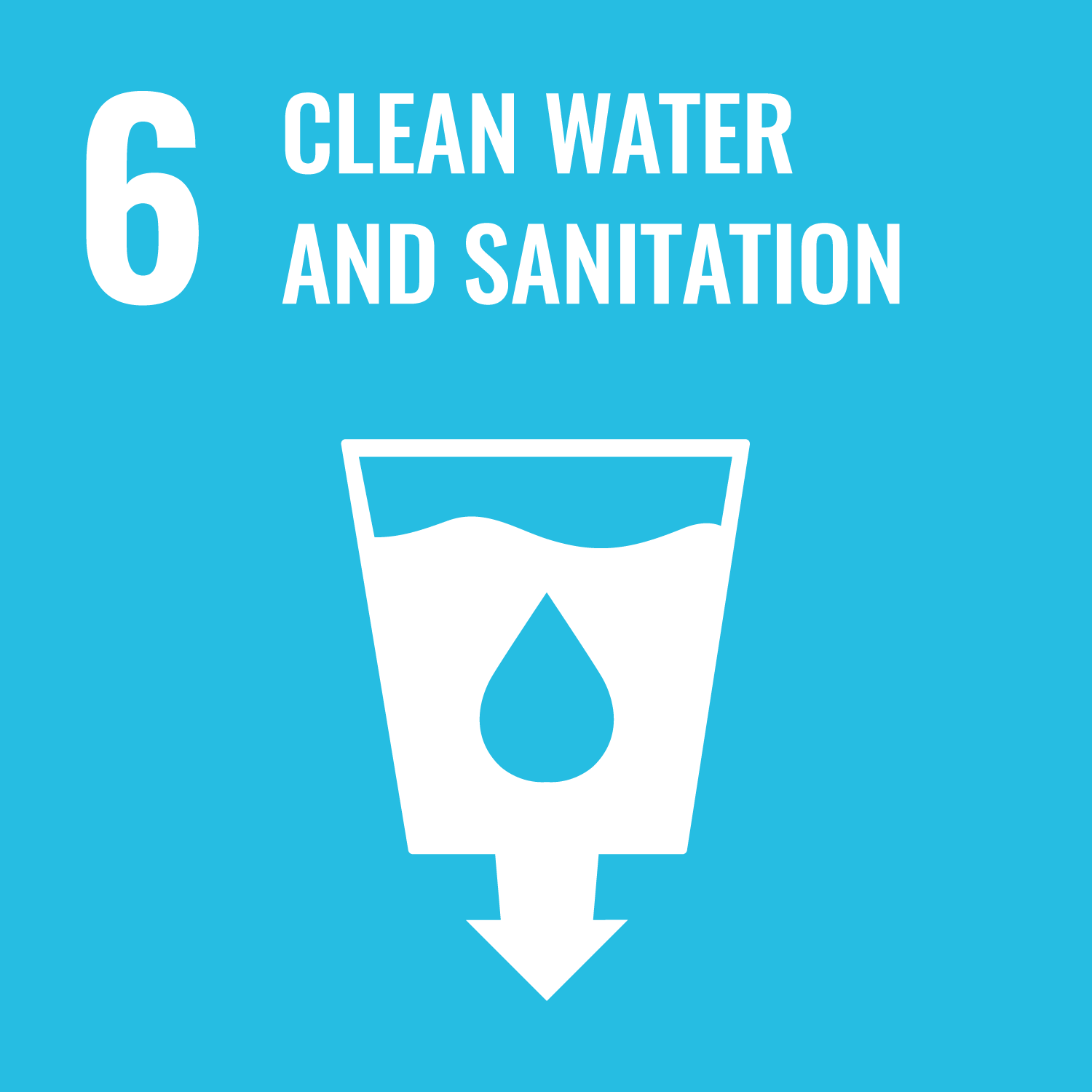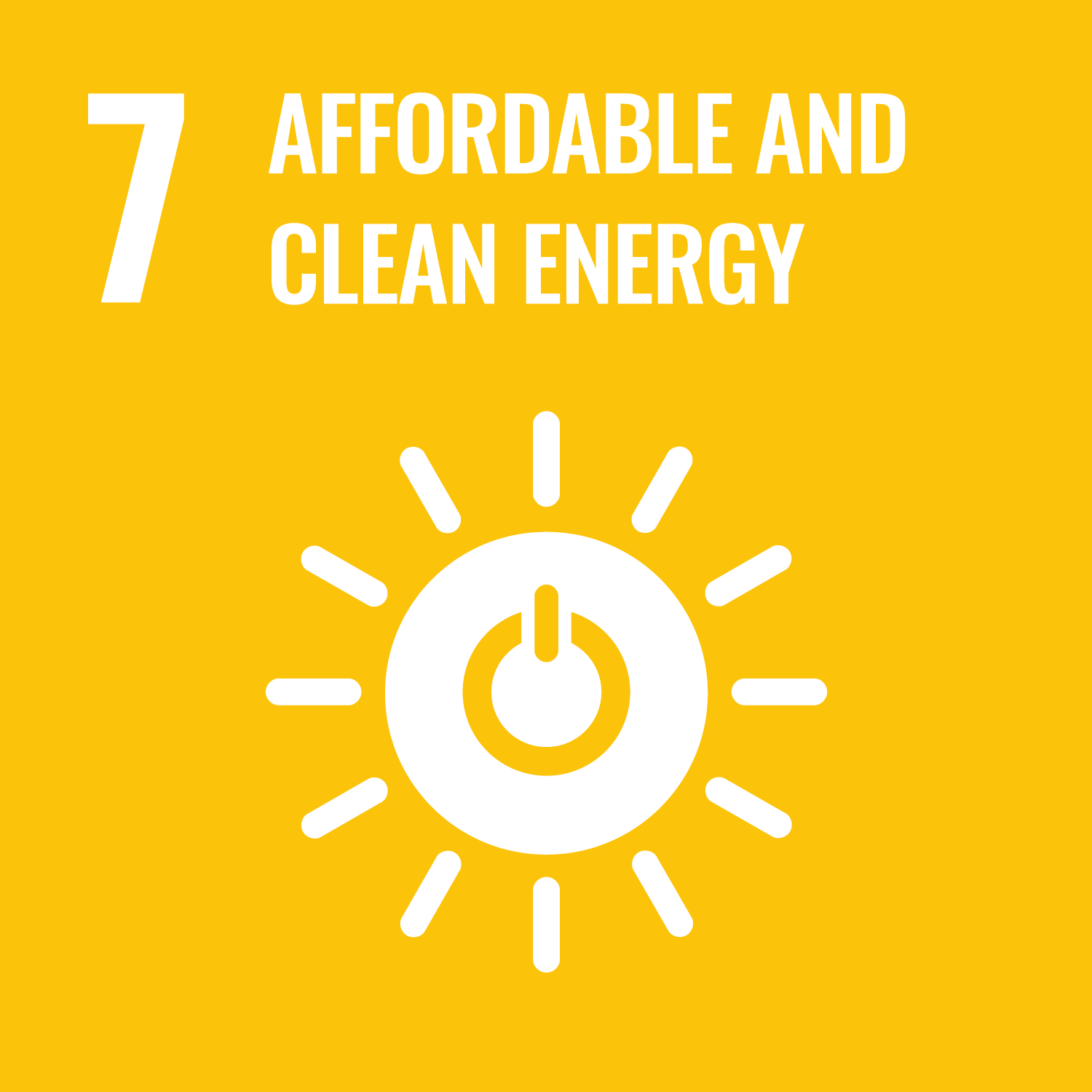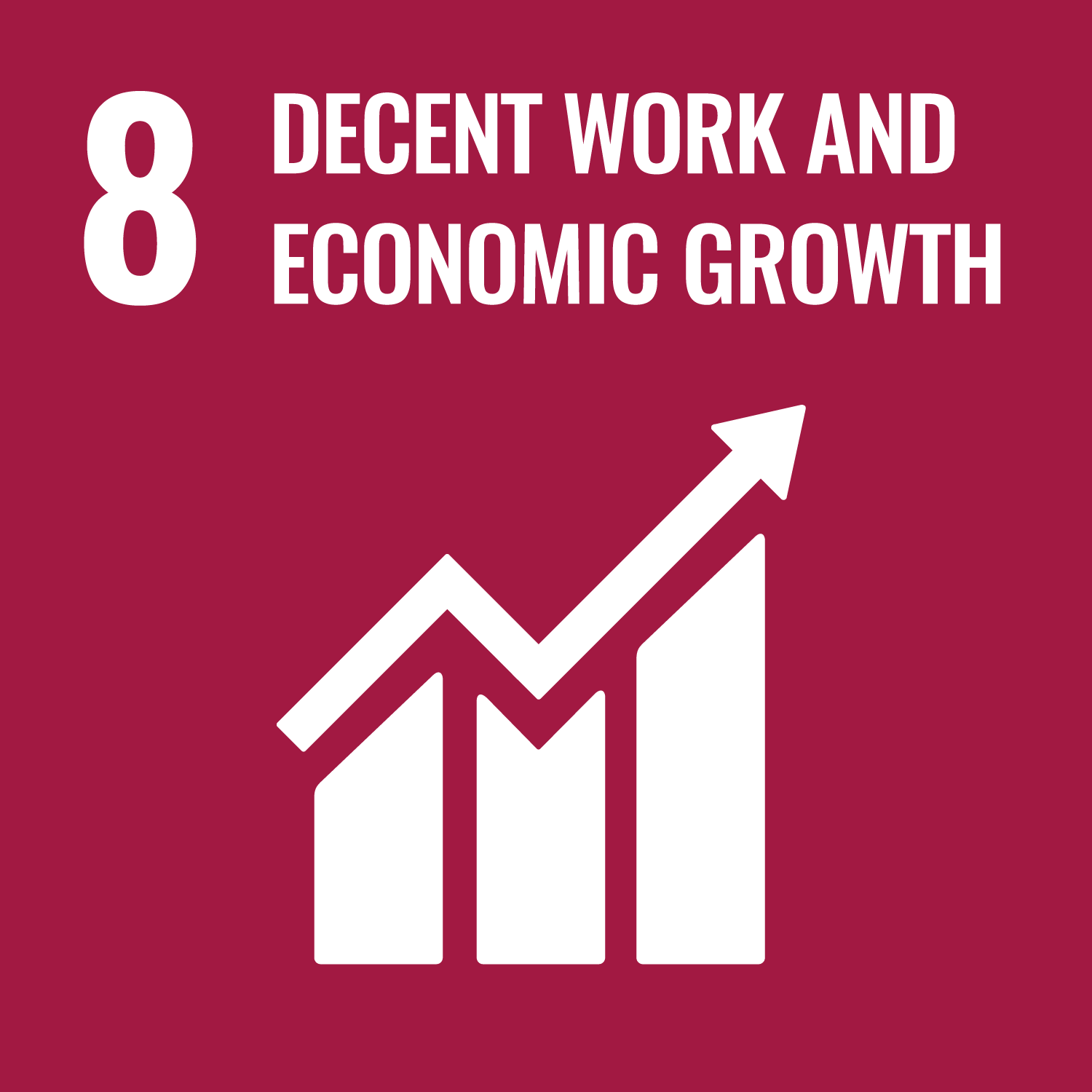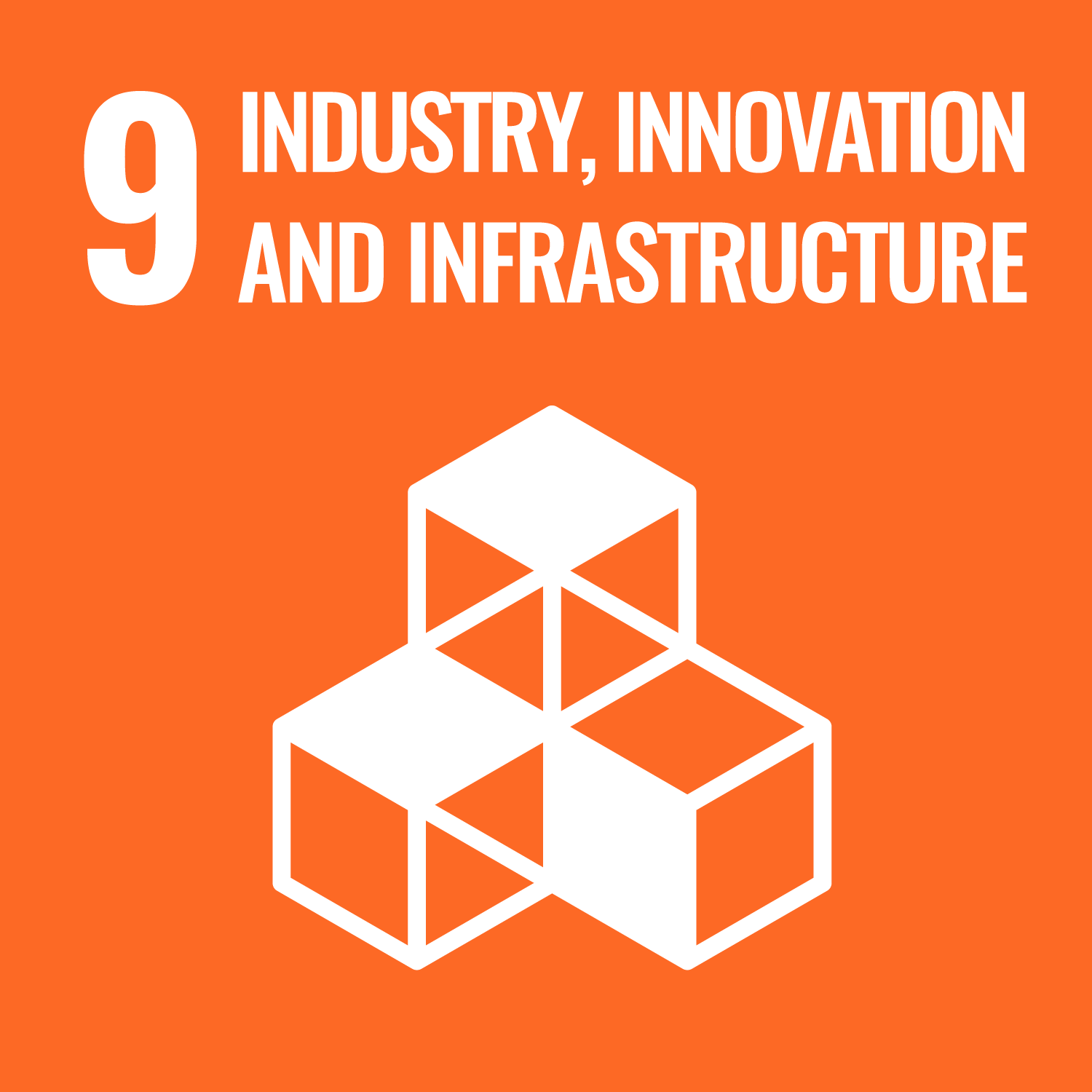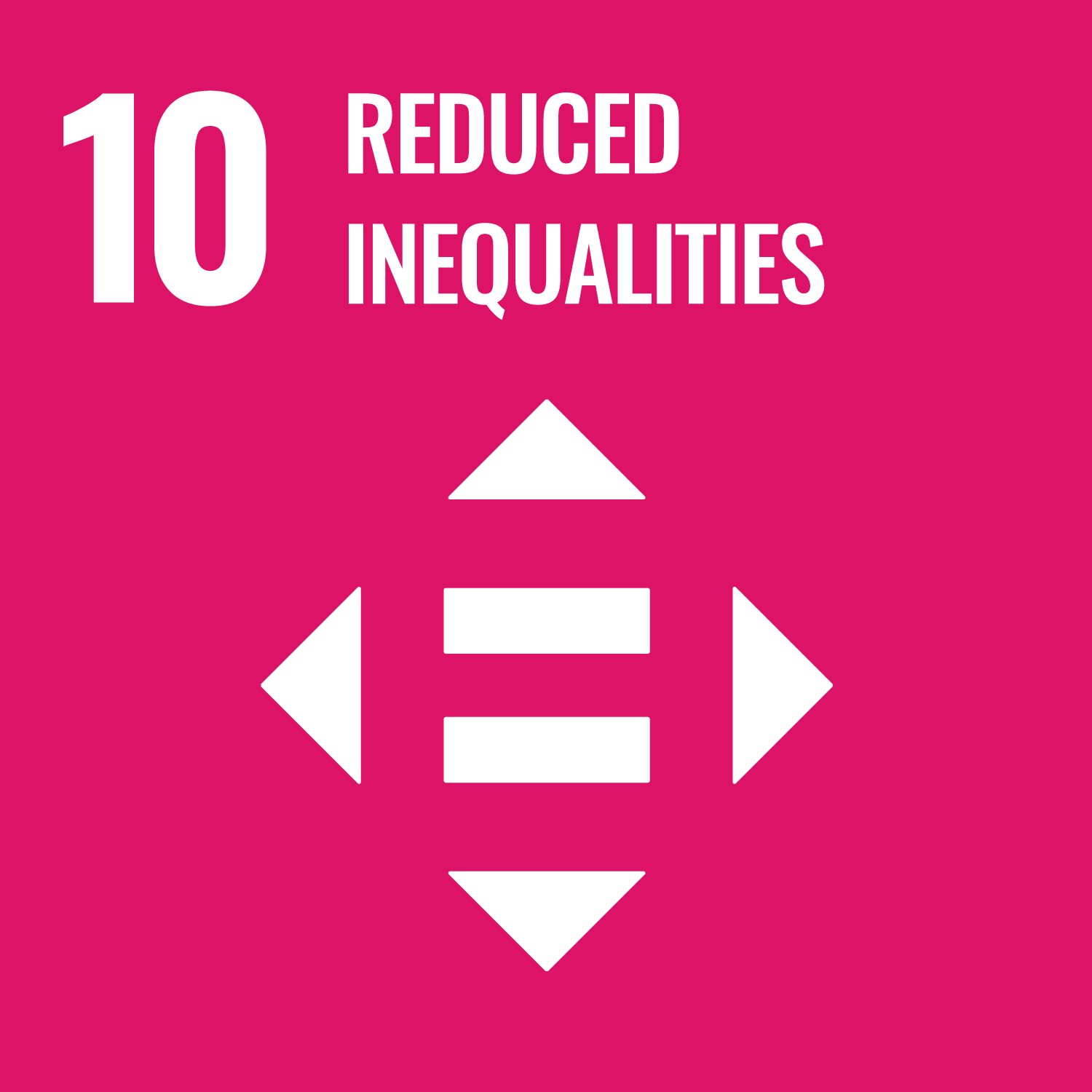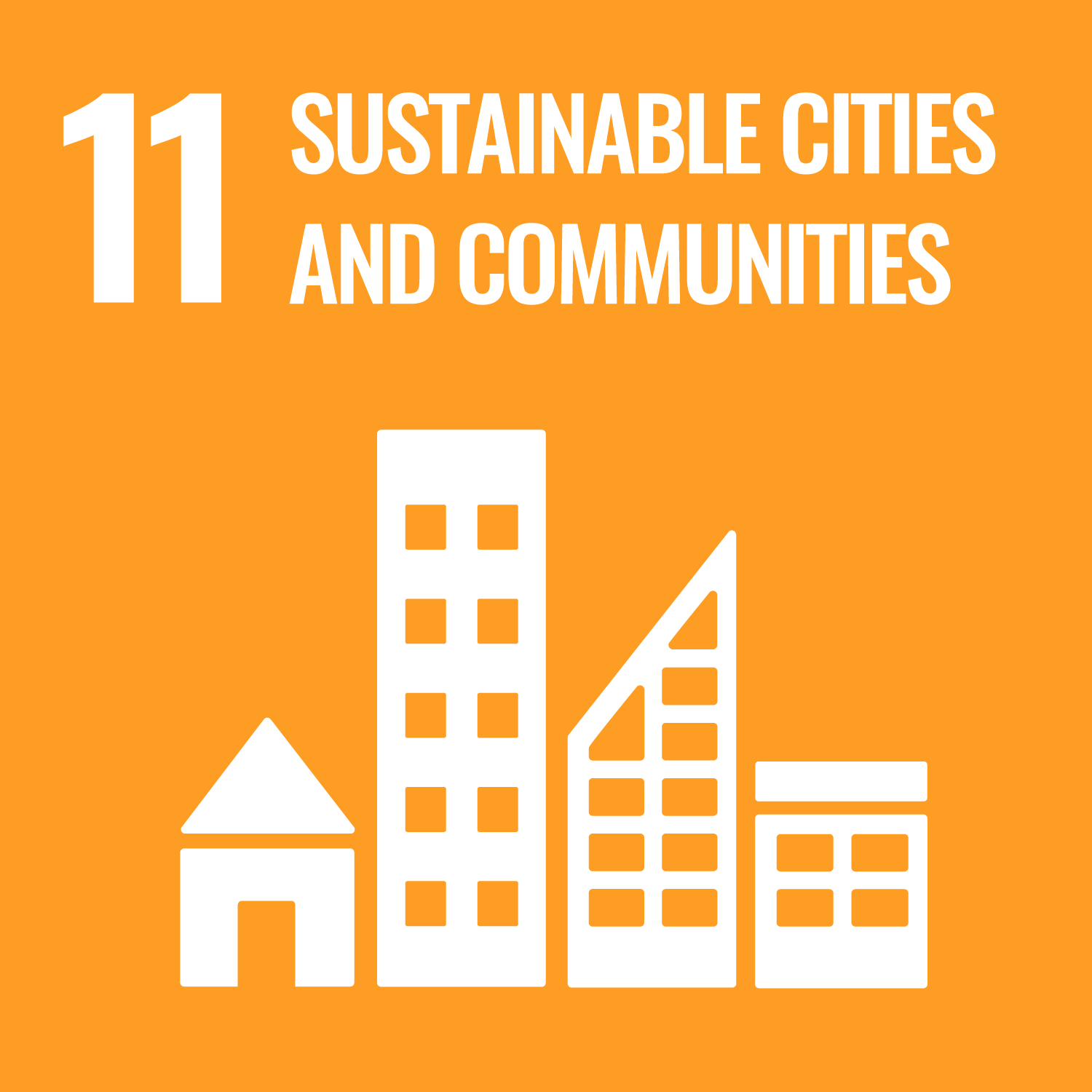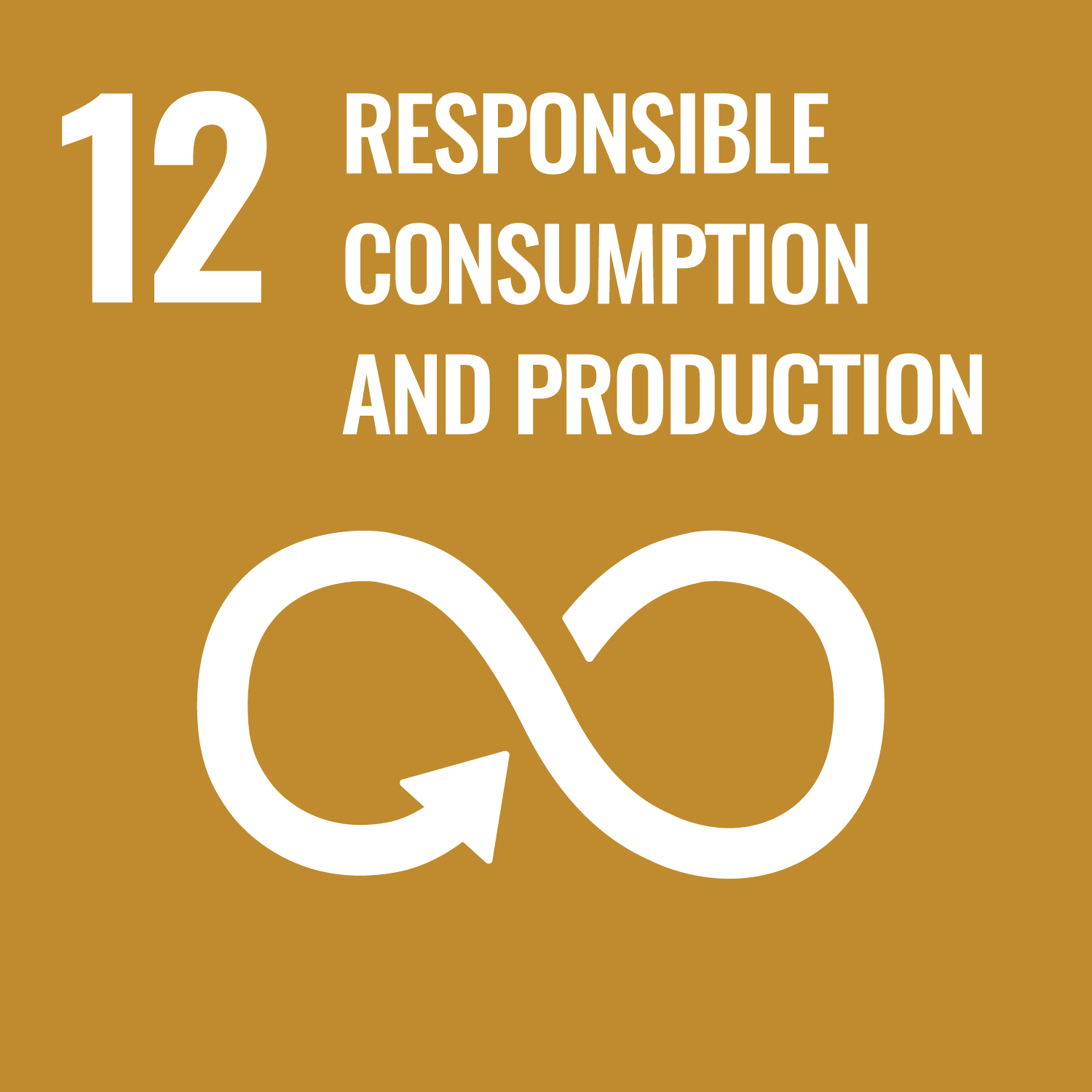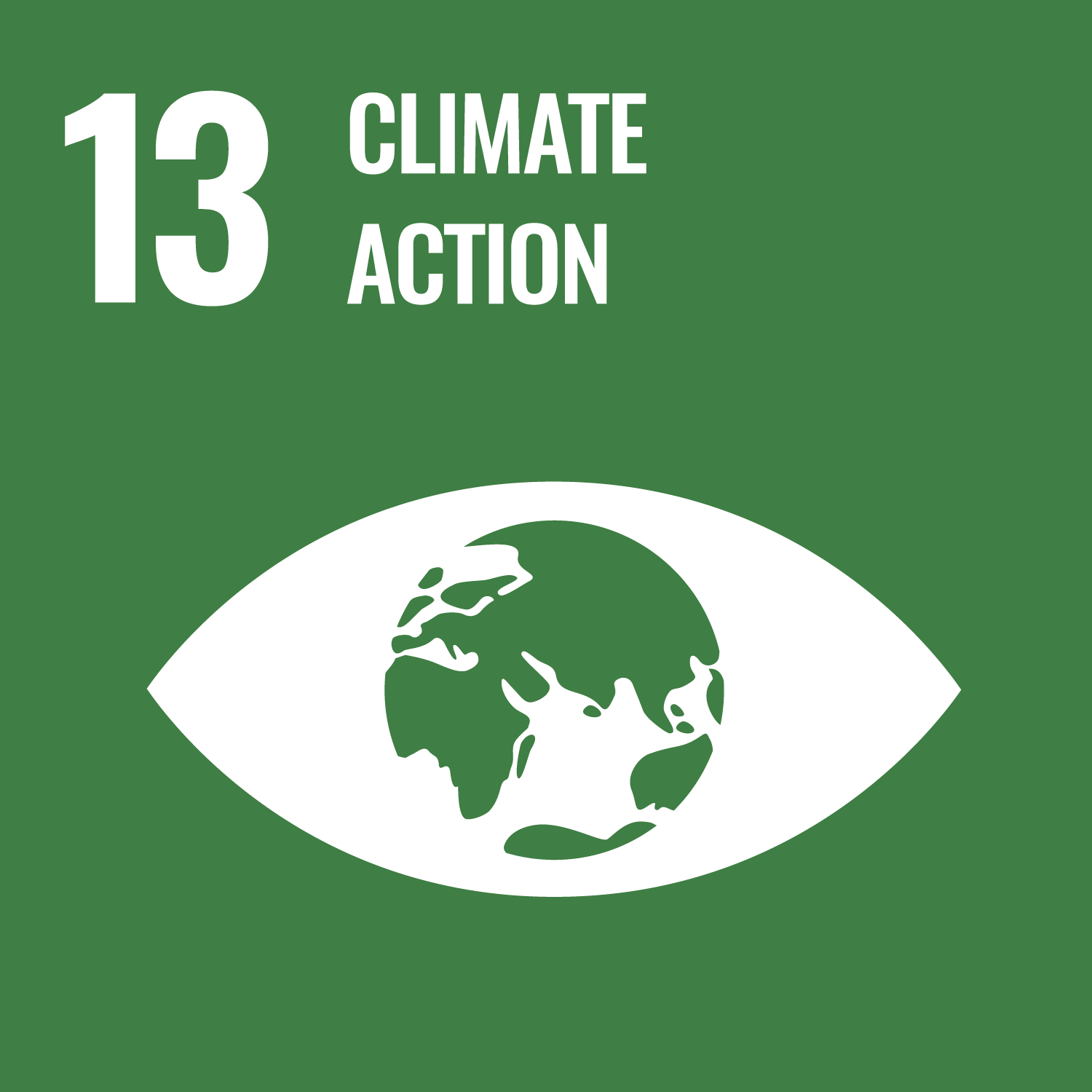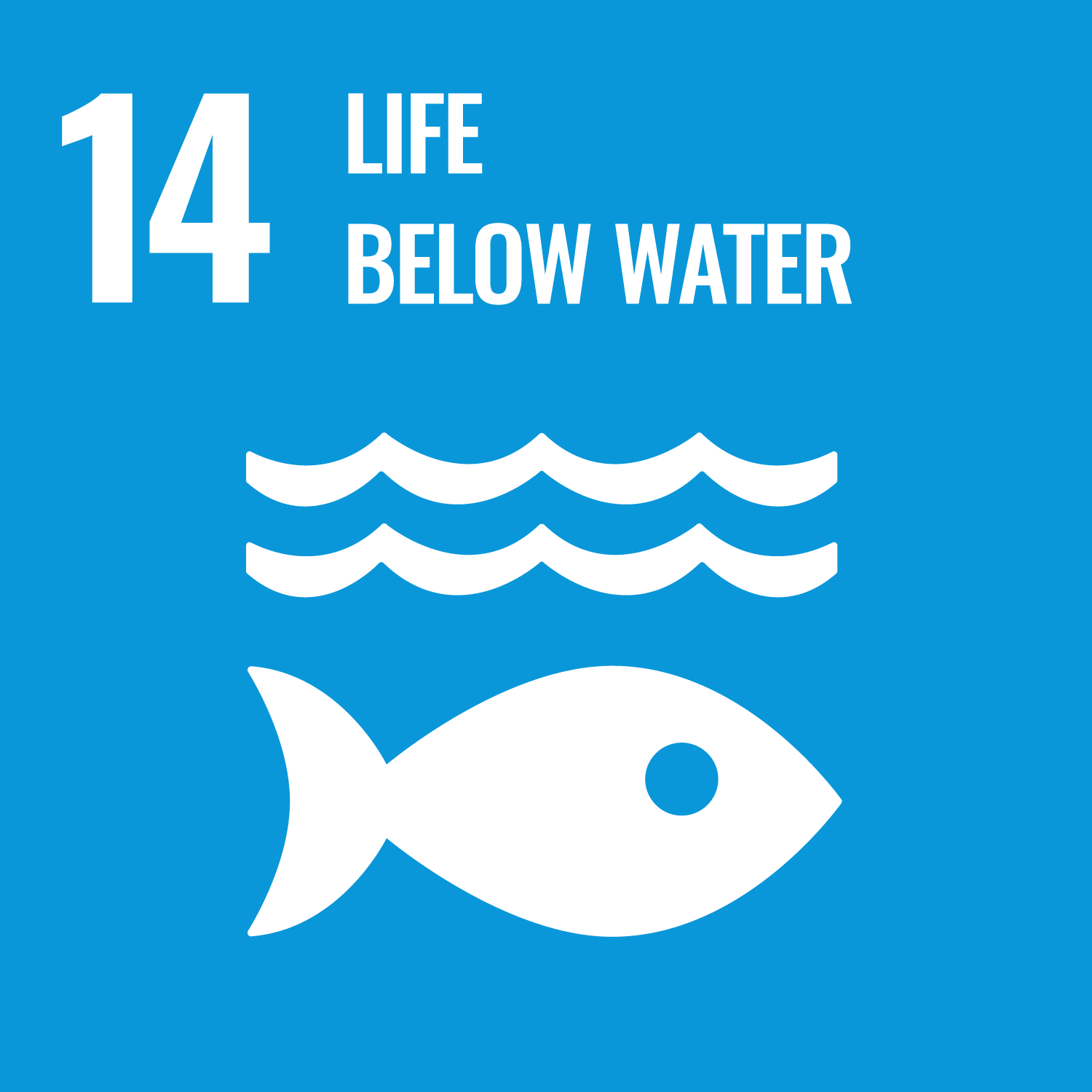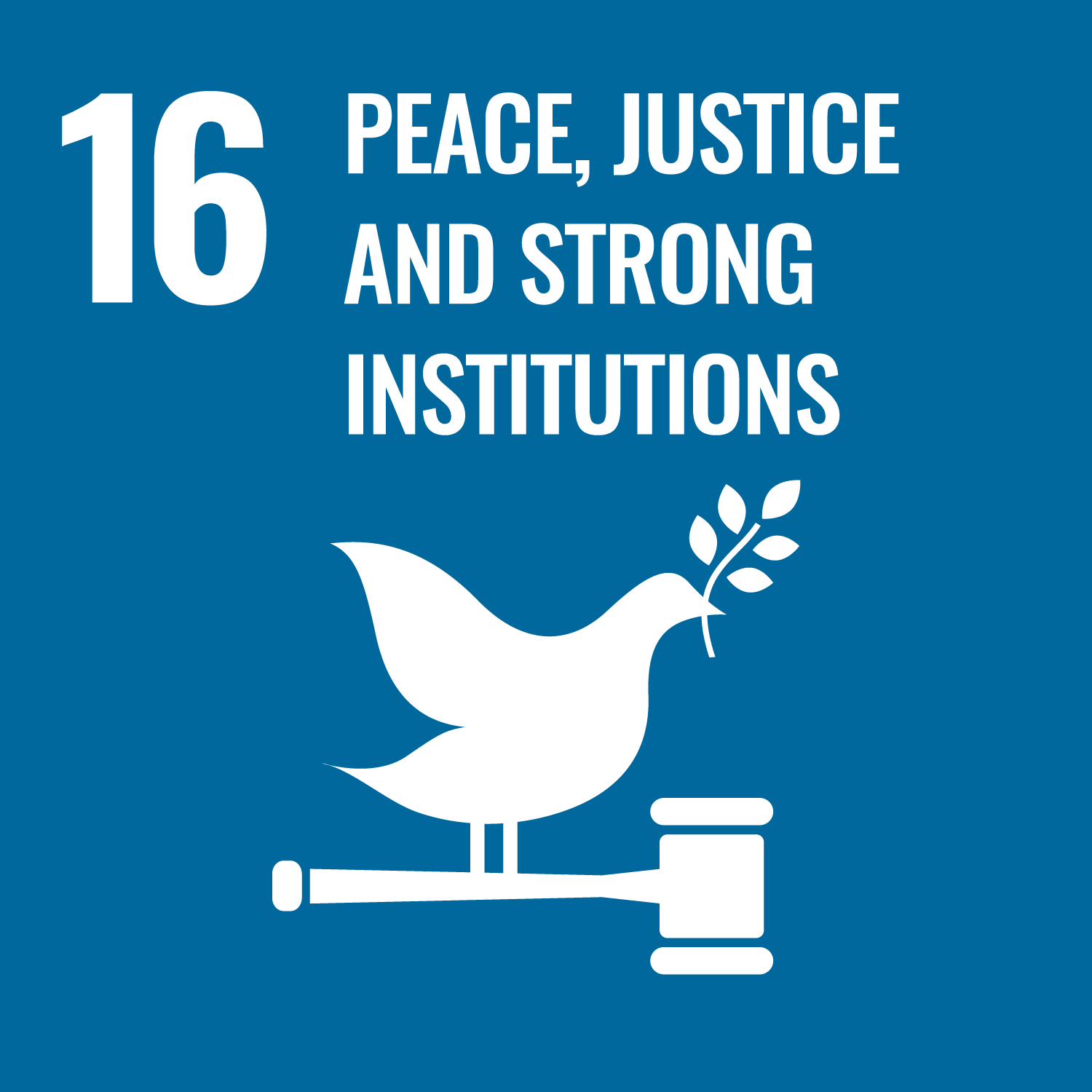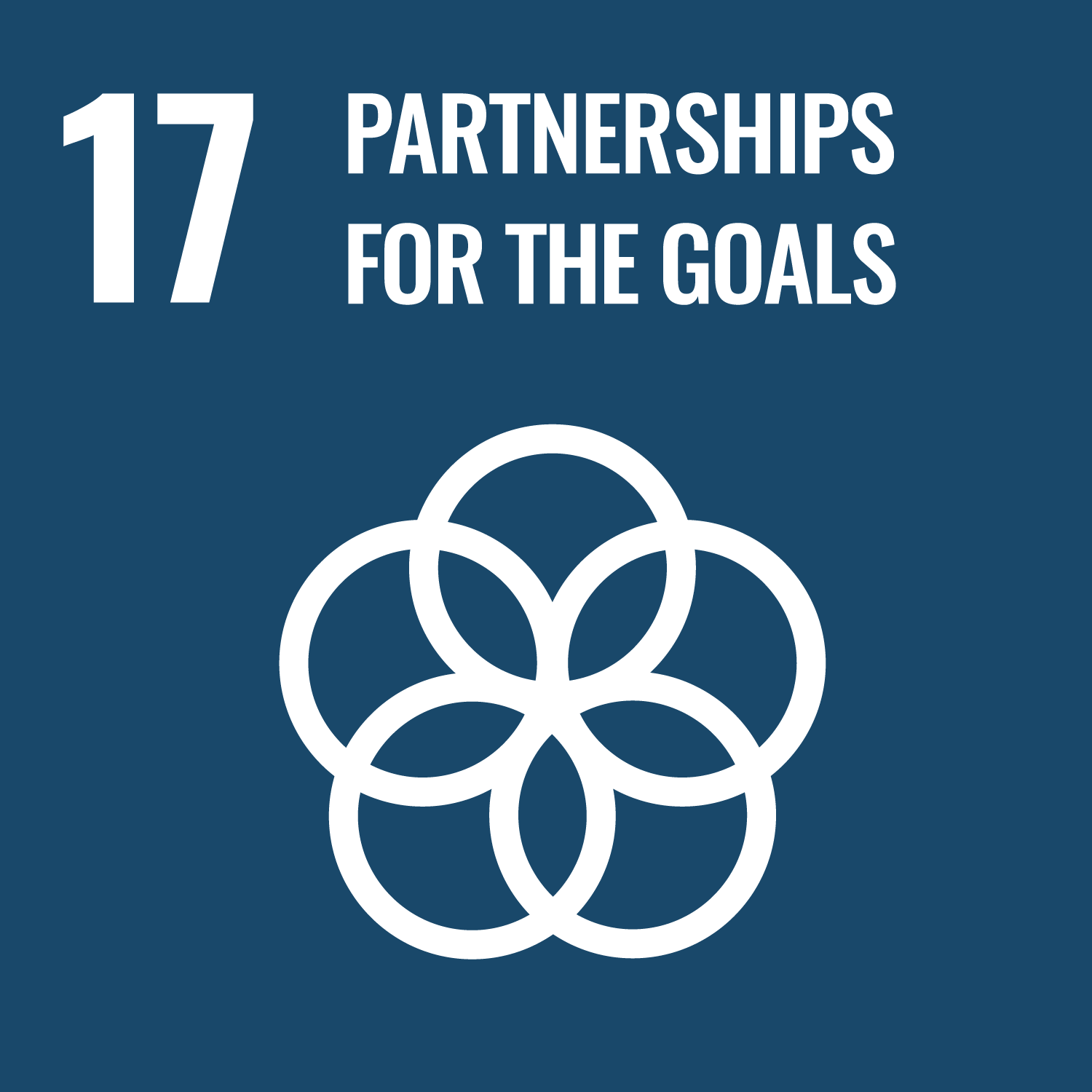Developing a multi-scale observation system for plastic litter from the city, ocean, and space
Faculty of Engineering
Department of Advanced Engineering
Ocean Civil Engineering Program
KAKO Shin'ichiro
Background and objectives of activities
How much plastic waste is washed up on the beaches of the world? It is currently impossible to answer this question accurately. This is because no method has been established to accurately measure the amount of plastic debris present at any spatio-temporal scale. As a result, many national and local governments are struggling to accurately estimate the cost of waste management and plan effective collection efforts. This situation calls for a scientifically based approach to plastic waste management. This study attempts to combine citizen science, remote sensing by drones and satellites, and artificial intelligence technology to develop a multi-scale monitoring technology for plastic waste in cities, beaches, and coastal areas. The proposed scientific method, based on citizen participation, visualizes on a map the amount of plastic waste (area and volume) in cities and coastal areas, which was previously unknown, for each type, and also shows its temporal variation. This scientific knowledge will serve as basic data for clarifying the dynamics of plastic waste and will have an impact on the formulation of environmental policies that contribute to the efficient and effective control and reduction of plastic waste. It will also contribute to public awareness activities on this issue, as well as to improving the environmental literacy of citizens.
Summary of Activities
The goals of this research are: 1) to enable quantification and visualization of urban plastic litter by integrating big data collected by citizen science with various machine learning techniques, including the latest deep learning techniques (high-resolution small-area observation); 2) to develop the method of Kako et al. (2020) into a universal method for quantifying beach litter that is independent of location and time (medium-resolution and medium-area observation); and 3) to establish basic technology for high-frequency on-demand beach monitoring by mobile observation using micro-satellites. 3) To establish basic technology for high-frequency on-demand coastal monitoring by mobile observation using nanosatellites, and to develop technology to estimate the flow and amount of litter drifting from rivers to coastal areas (low-resolution wide-area monitoring), and 4) To verify the usefulness of existing satellite data for wide-area monitoring of coastal plastic litter. Quantification here refers to the number and weight of each type of plastic debris in the city, the area and volume of plastic debris on the beach, and the degree of pollution and cleanliness calculated from this information. Visualization is the presentation of the spatio-temporal distribution, such as the temporal variation of the amount of litter washed ashore and the plotting of the amount of litter by type on a map. Finally, by establishing a technology for complementary fusion of the multiscale data obtained from 1) to 4) above, high-resolution wide-area monitoring will be realized.
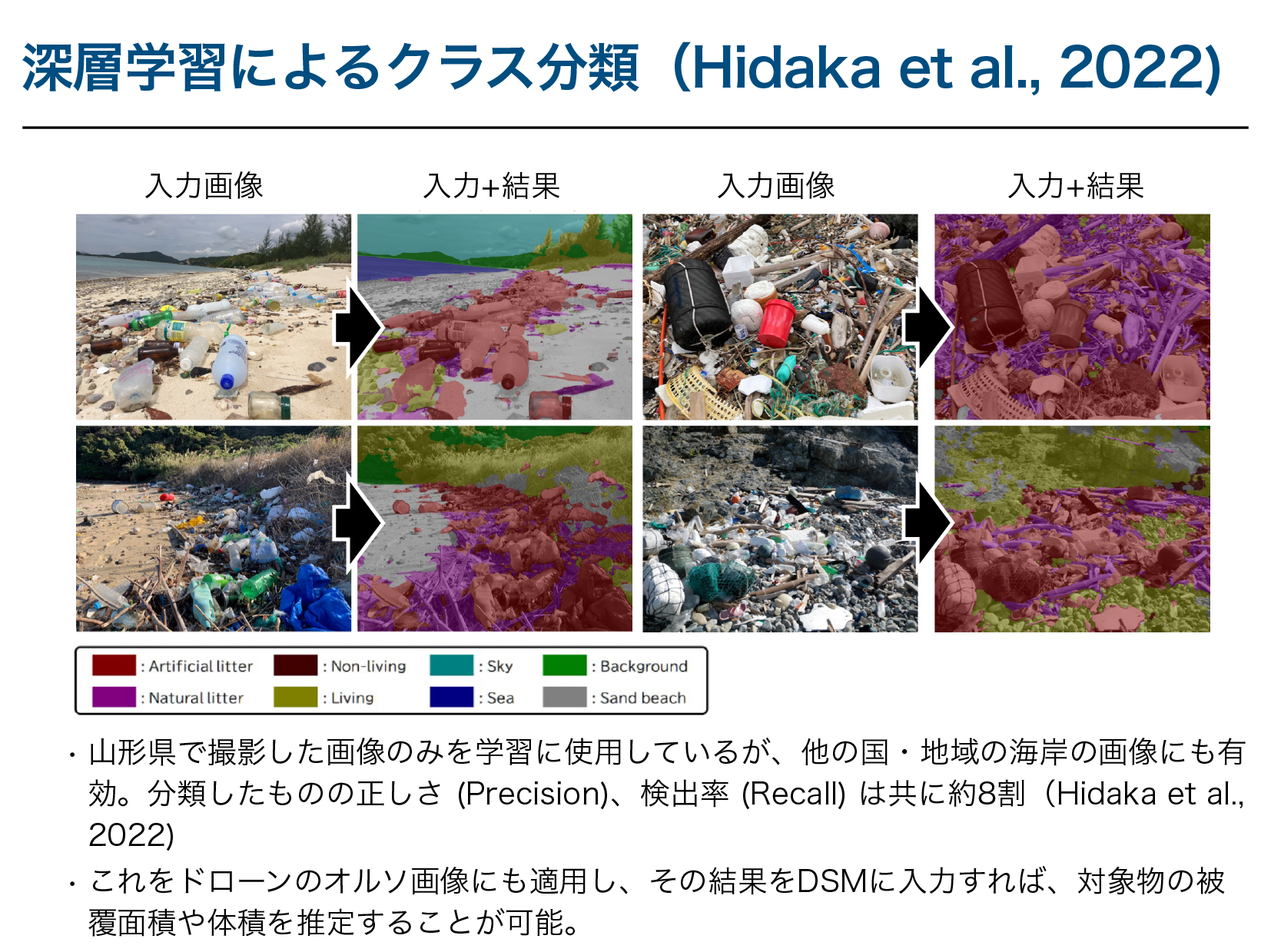
Expected Benefits
By establishing the method proposed in this research, plastic waste in cities and beaches can be measured and archived as big data through continuous photography by mobile phones and drones. This will greatly reduce the human and economic burden that local governments have had to devote to shore excursions and urban surveys. In addition, by using satellite data, it will be possible to obtain data over a wide area and a long period of time. Therefore, the results of this research will greatly contribute to environmental policies such as waste disposal planning (cost), formulation of economic waste collection operations, and selection of priority waste collection beaches. Since continuous monitoring can be used to verify the effectiveness of these environmental policies, the contribution of this research to administrative needs is extremely significant. In addition, by conducting coastal monitoring in collaboration with citizens and local governments, this study will contribute not only to the improvement of citizens' environmental literacy, but also to public awareness activities on this issue.
